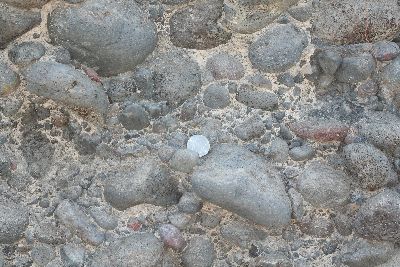
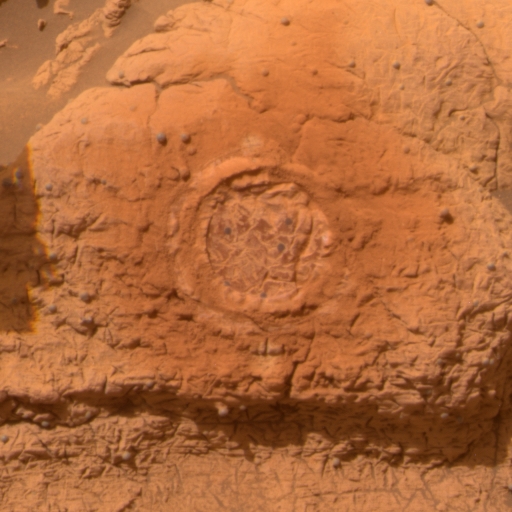
The Pancam website is an especially convenient resource for getting color-processed images. This includes single frames and multi-frame panoramas and small mosaics.
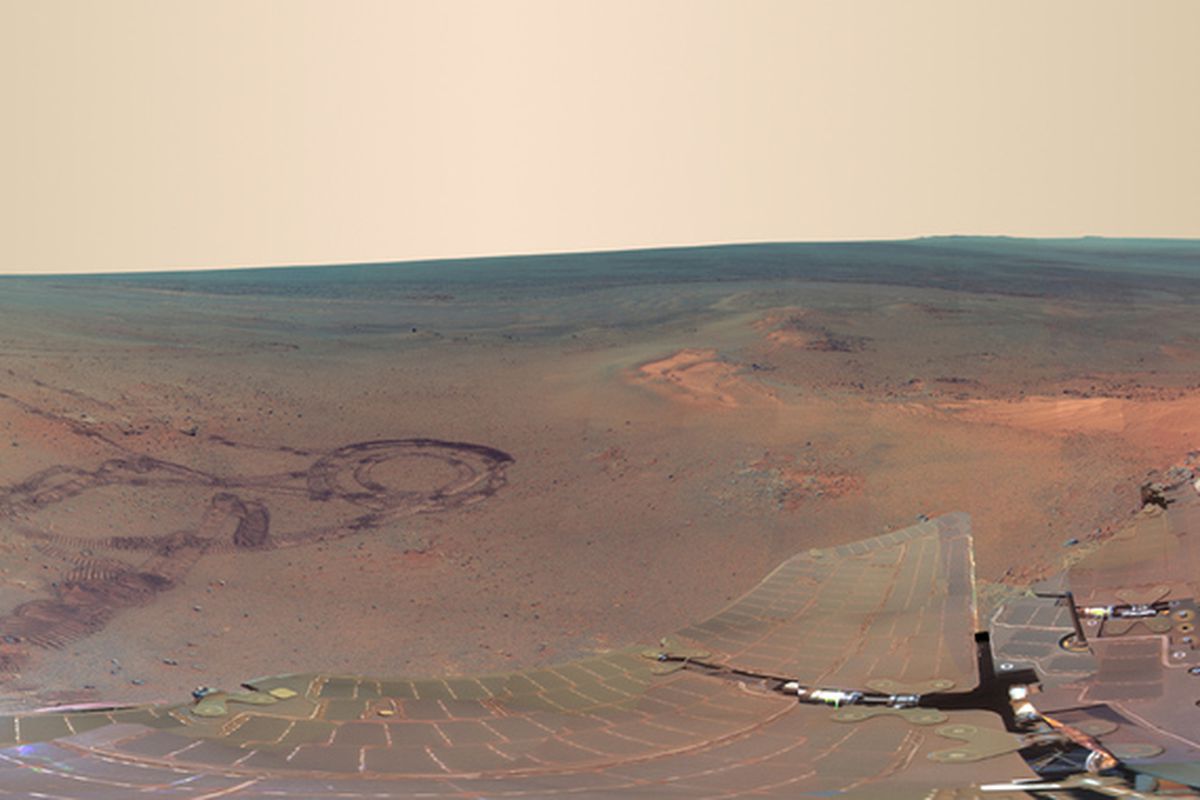
The MER Analysts's Notebook contains all of the MER data, with the ability to download the data products from the PDS (Planetary Data System). It's organized primarily by Sol (day of mission) and is aimed at advanced users. You can make a free account to keep track of the data you're interested in, or you can use the site without logging in.
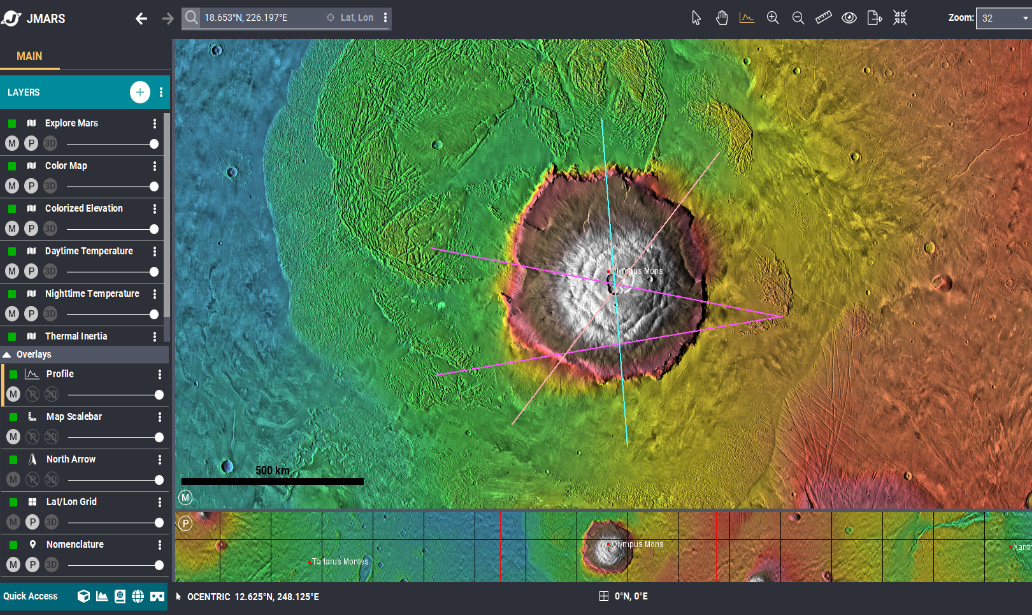
JMARS is an acronym that stands for Java Mission-planning and Analysis for Remote Sensing. It is a geospatial information system (GIS) developed by ASU's Mars Space Flight Facility to provide mission planning and data-analysis tools to NASA scientists, instrument team members, students of all ages and the general public. JMARS has been available to the public since 2003. It is used in over 100 countries and has over 6,000 active users.

"Petrology, Stratigraphy, and Geologic History of Husband Hill, Gusev Crater, Mars" This is Shoshanna Cole's PhD thesis. It is a single coherent work that characterizes all of the rock classes that the rover encountered on Husband Hill and the West Spur, and presents a geologic map and cross-section.
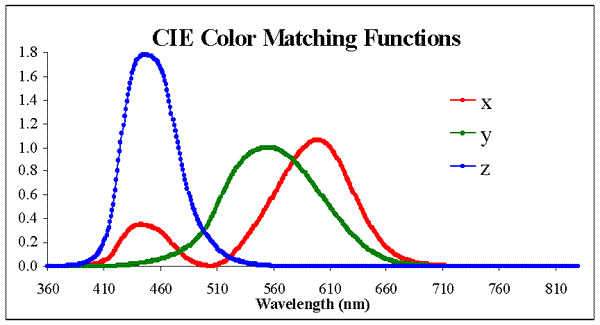
"Estimating the True Colors of Mars" by Jim Bell and Dmitry Savransky (Cornell University) briefly describes the process used to produce approximately true color images from MER Pancam image data.
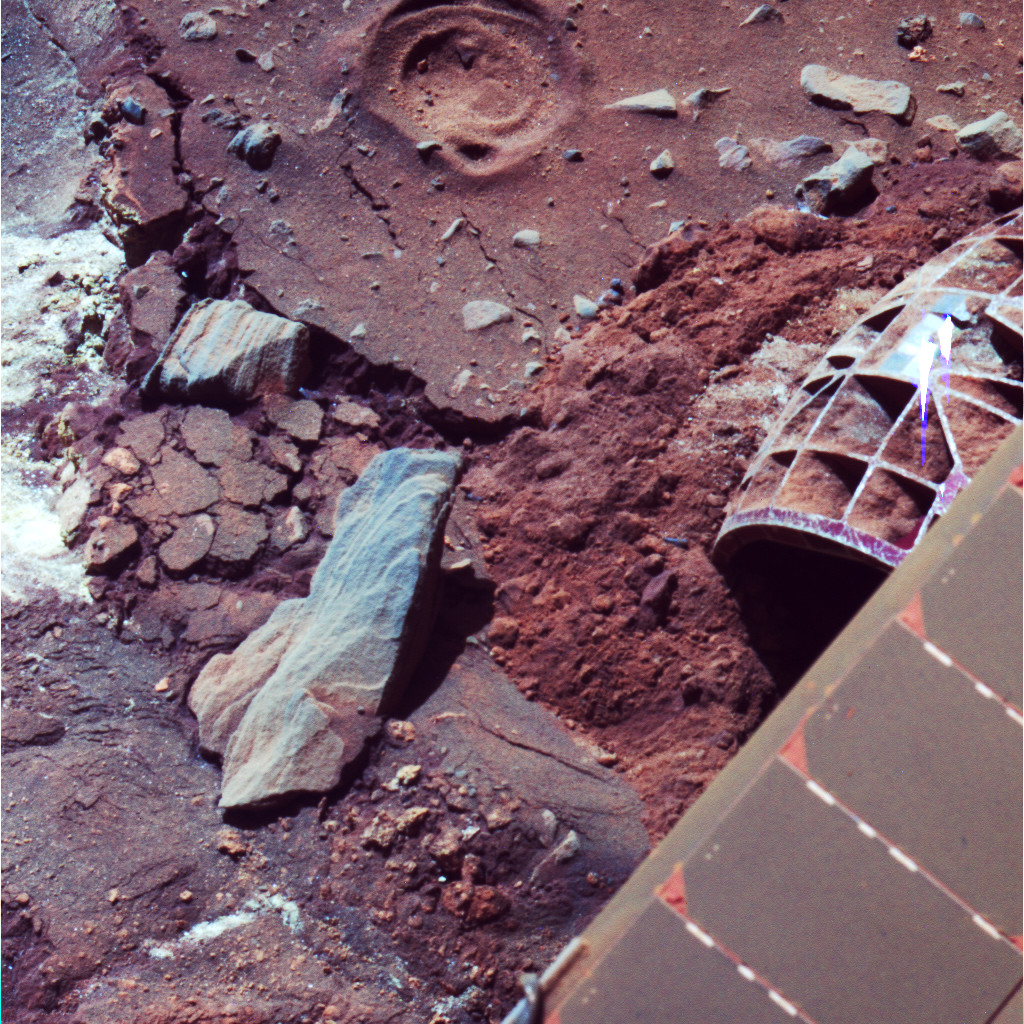
"Creating False Color Images of Mars" by Jim Bell and Dmitry Savransky (Arizona State University, Cornell University)" briefly describes the process used to produce false-color images from MER Pancam image data.

Astronomy from Gusev! This page has nighttime images that Spirit acquired of stars, moons, and potentially meteors.
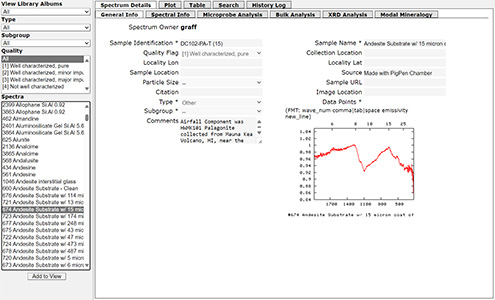
"Spectral library hosted by the Mars Space Flight Facility at Arizona State University. The purpose of this page is to allow easy and flexible access to thermal infrared spectra of a variety of materials, including minerals, rocks, soils, etc. Each spectrum is accompanied by descriptive ancillary information, including physical and compositional information, sample quality, spectral analysis data and other comments. "